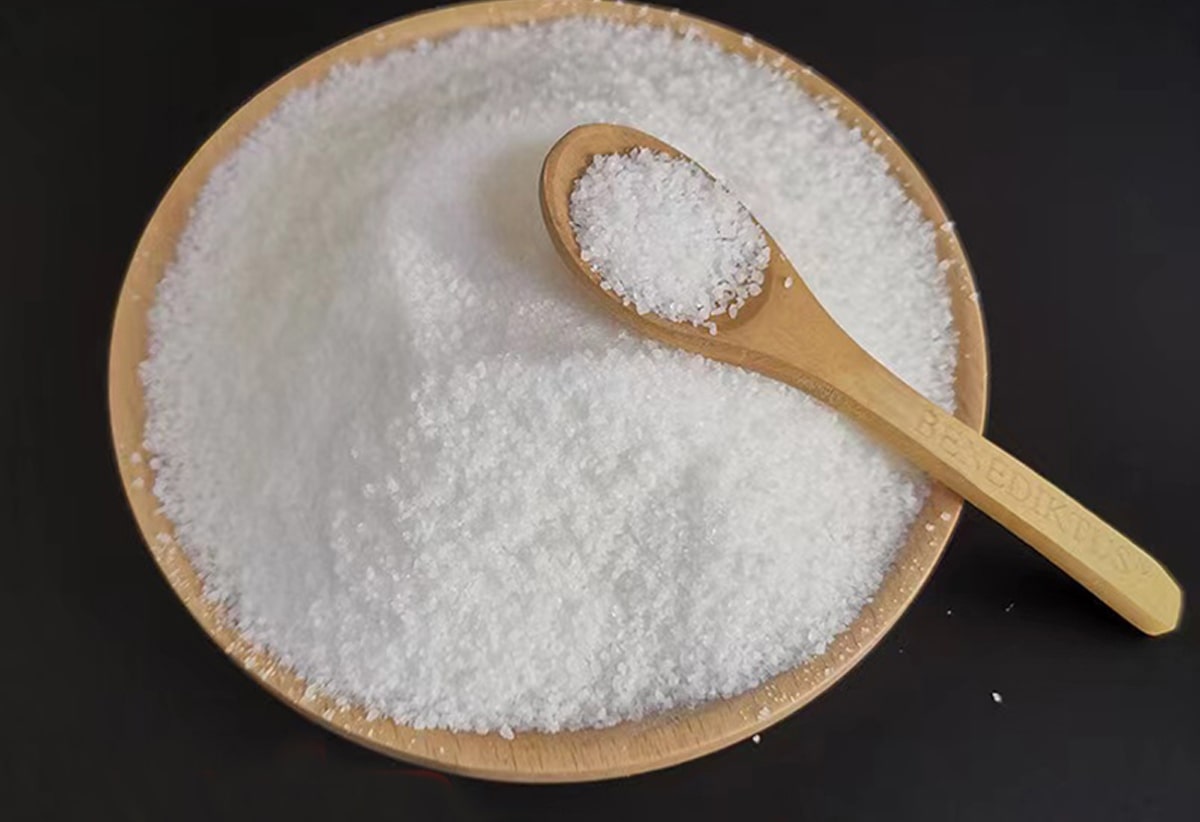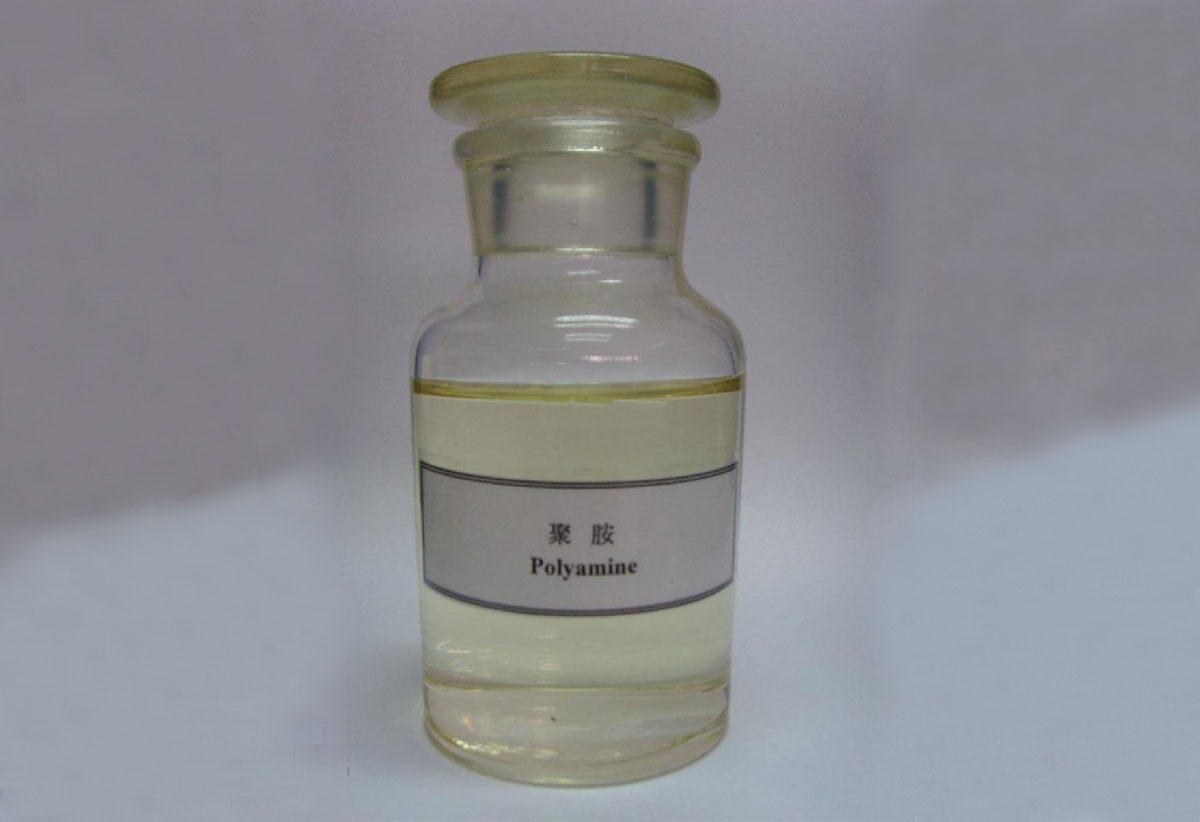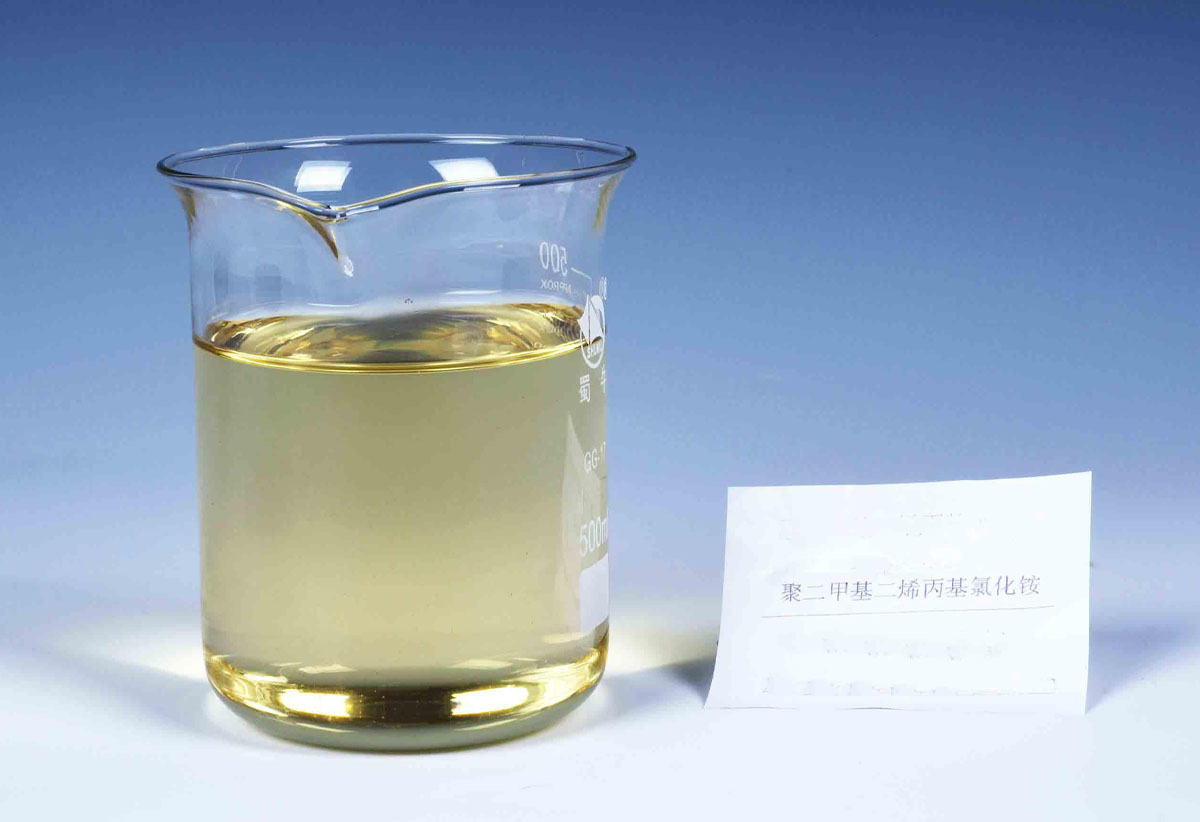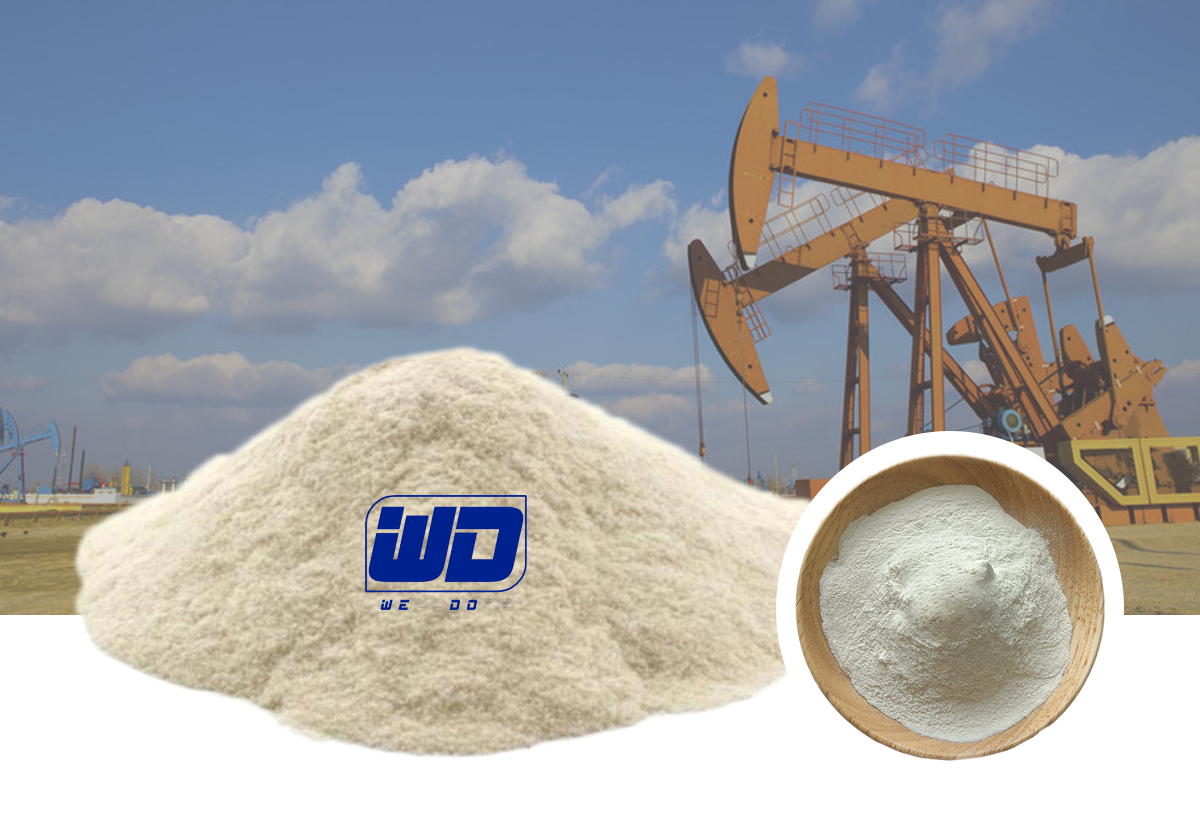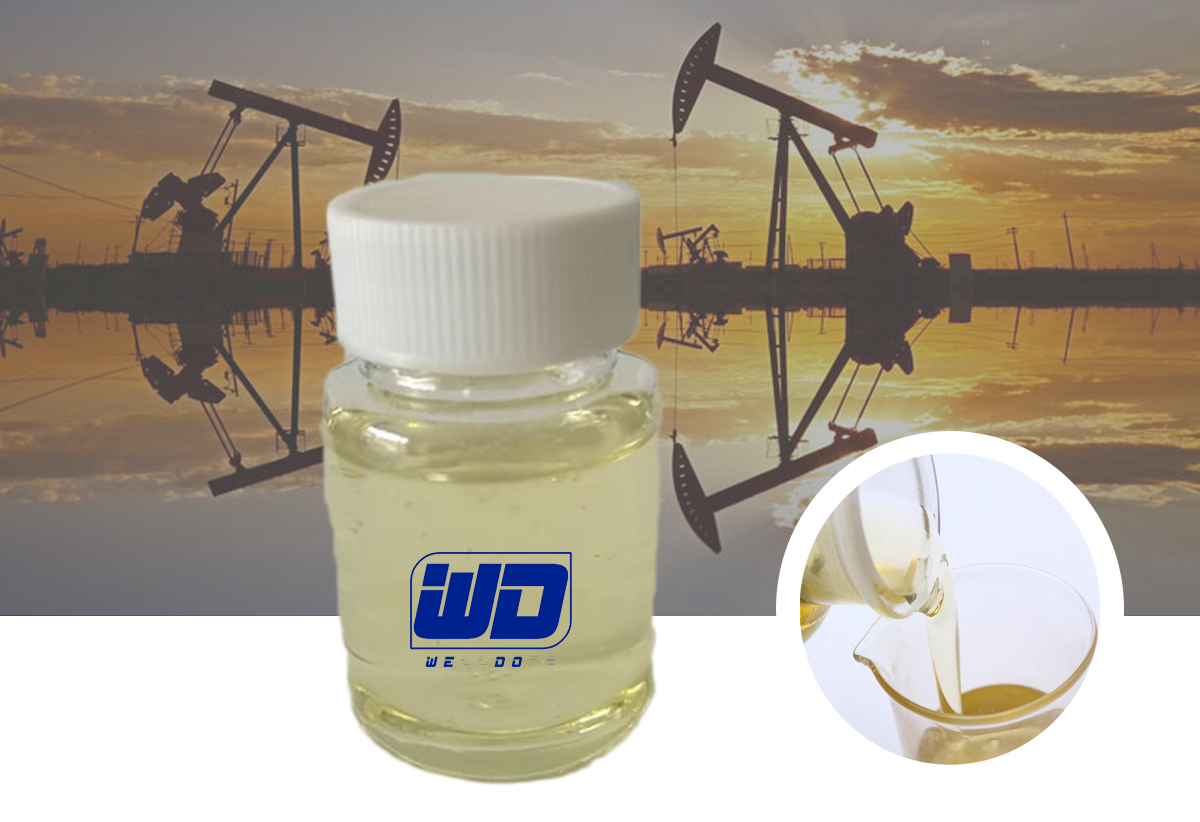Powder anionic polyacrylamide (APAM for short) has multiple functions in industrial wastewater treatment.
For example, the flocculant function of powdered anionic polyacrylamide (APAM): APAM, as a flocculant, can promote the suspended solids and fine particles in the wastewater to quickly condense into large pieces to facilitate subsequent separation and removal. It can increase the water loss rate of particles and cause them to aggregate to form larger agglomerates, which facilitates sedimentation or filtration.
Powder anionic polyacrylamide APAM has a good degradation effect on certain organic substances and can accelerate the decomposition and degradation process of organic substances. This helps reduce the organic content and chemical oxygen demand (COD) in the wastewater.
Powder anionic polyacrylamide for industrial wastewater treatment
In terms of improving the sedimentation effect, APAM can improve the sedimentation speed and sedimentation effect of suspended particles in wastewater, and reduce the turbidity of suspended matter and the discharge of scum. It can form a network structure in wastewater, increase the chances of contact between particles, and promote the sedimentation process.
At the same time, the addition of powdered anionic polyacrylamide APAM in the treatment of industrial wastewater can also effectively reduce muddyness, improve the flow characteristics of wastewater, and make the operation of the wastewater treatment system more stable. It can change the viscosity and viscosity of mud and reduce the adhesion and deposition of sediment.
In general, APAM plays a role in flocculation, precipitation, and degradation of organic matter in industrial wastewater treatment, improving the wastewater treatment effect and system stability.




